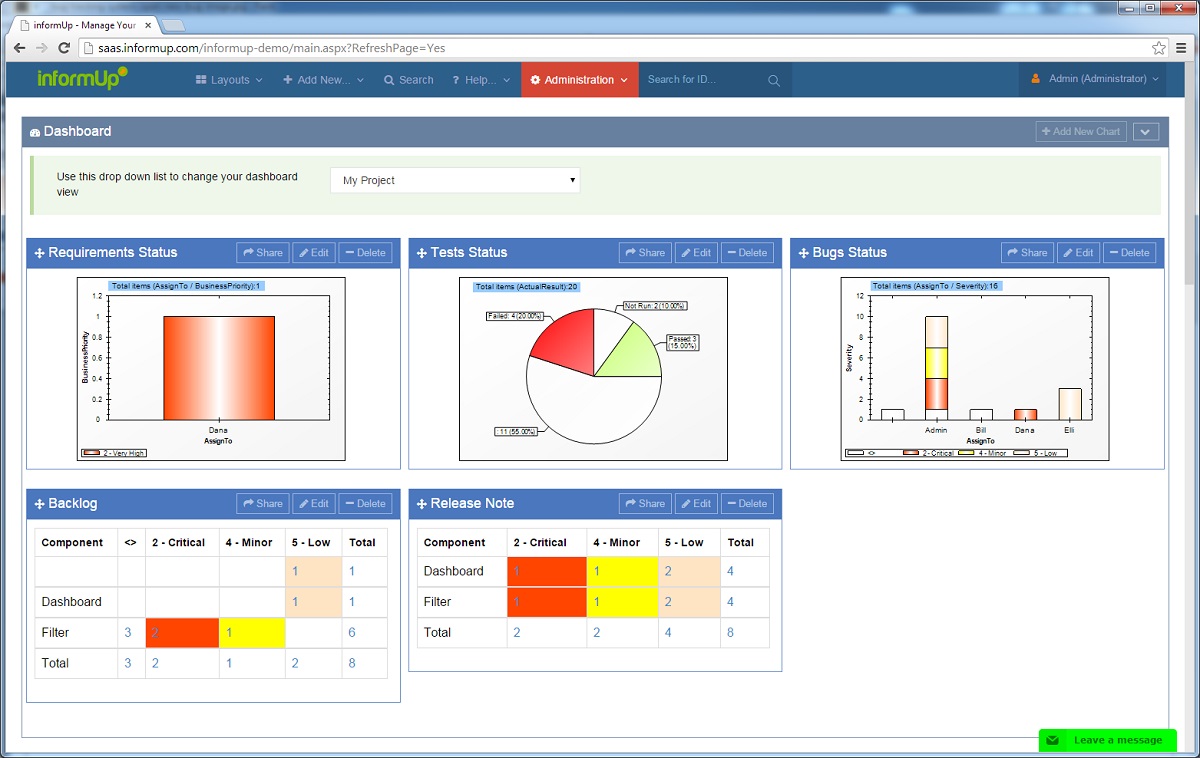How to Choose a Bug Tracking System

Using a bug tracking system is one of the hallmarks of a good software company. It is impossible to write code without letting a bug or two slip by and using a tracking tool is a smart way to tackle this problem efficiently.
In order to evaluate and find a good bug tracking tool you must first understand and relate specific technical features of various defect tracking tools to your requirements and compare them with your old bug tracking process.
What is a bug tracking system
Bug/ defect tracking systems are software applications that help users working on software development projects keep track of bugs.
They are usually integrated with application lifecycle management systems, as a necessary component of a software development infrastructure.
The system is usually made up of a database where details about bugs are recorded and a bug life cycle management that allows users to bring status changes from the moment the bug is discovered to the moment it gets deleted.
Defect tracking tools are useful in limiting the time it usually takes for a bug to get fixed by informing software development teams about the exact time a bug has been recorded, the severity of the situation, the odd behavior of the program caused by the bug and how many programmers work on fixing the problem at a given moment.
Identifying your bug tracking requirements
Bug tracking tools influence business critical decisions such as which bugs to ship and which to defer, how to assign work to programmers and whether the release date of a project needs to be pushed back or not.
To ensure that you have chosen the right tool for your company, you need to establish your requirements first and compare them with the list of technical system features. Depending on your needs and work habits, you can identify and prioritize different system features.
For instance, you might require providing different levels of access to users according to their status in the company. As a result, you will need to find a bug tacking tool that offers field-level, bug-level, feature-level and project-level permissions.
Application lifecycle management systems - track more than just bugs
Adaptability is an important feature of any software application and things stand no different in this case as well. Software development teams usually require a tool that can support various activities, because a system that was created specifically for bug tracking is hard to implement and adapt.
This is why you should be looking for software that integrates bug tracking in a larger and more complex system such as an application lifecycle management system.
Instead of focusing on a single issue, this type of tool is more adaptable and offers pre-built templates for different types of issues.
How important is ease-of-use when choosing a bug tracking tool
The principal role of a bug tracking system is to streamline the bug tracking and solving process. This is why ease-of-use is important when it comes to choosing the right type of tool.
Whether we talk about hardwired bug-tracking terminology or hardwired functionality, both are undesirable when several people are working on a bug and need to work efficiently while collaborating with each other.
Make sure the interface of the tool you choose is intuitive and easy to navigate.
Back to Articles